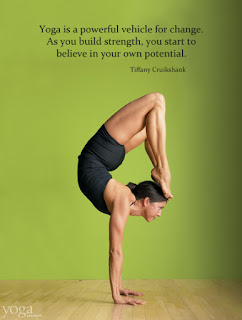 |
| Anne Hathaway lost 25 lbs. for Les Miserables Image: Vogue |
 |
| Natalie Portman got so thin for Black Swan that her director worried about her eating habits. Image: Black Swan |
3. Natalie Portman—She’s about as tiny as they come already,
but somehow managed to lose another 20 pounds for her role in Black Swan. She worked out between five
and eight hours a day and became so thin that her director made sure her
trailer was constantly stocked with food so she would eat.
4. Beyonce—For her role in Dreamgirls,
the singer had to drop about 20 pounds. She lost the weight in only two weeks
by doing a Master Cleanse—which means living off of hot water, lemon juice,
maple syrup, and cayenne pepper for 10 days.
5. Mila Kunis—As Natalie’s co-star in Black Swan, Kunis said she constantly felt hungry during filming.
She also lost 20 pounds and participated in the same workouts as Natalie—5-6
hours per day, six days a week.
 |
| Emily Blunt was encouraged to lose weight to look nearly anorexic. Featureflash / Shutterstock.com |
7. Renée Zellweger—After packing on 30 pounds for her role in Bridget Jones’s Diary, the actress
subsequently had to lose it all and more to play her part in Chicago. This back and forth weight loss
and gain had critics and specialists seriously concerned.
When I look at regimens like these, it puts things into perspective.
It’s easy to watch a movie or an actress and think “I wish I were skinnier,”
but the truth is that just because celebrities are subjecting themselves to these
intense regimens, it doesn’t mean it’s healthy or good. They look rail-thin
because they are rail-thin. There are
healthier ways to lose weight, and limits to what we should expect from our bodies.

.jpg)






